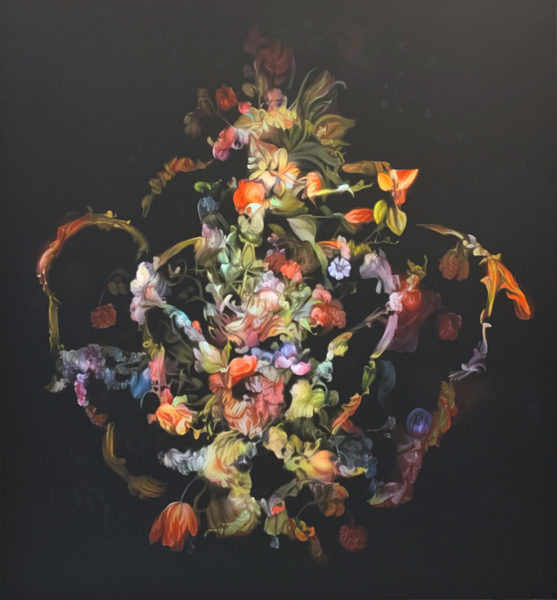Perched along the thinly populated North Beach area of the Washington Coast, planners are constructing a new town called Seabrook. Carefully designed in the New Urbanist fashion, this town offers a nostalgic beach vacation experience.
The architecture evokes the beach communities of Nantucket and incorporates craftsman and bungalow accents. Oyster shells line the paths. The cedar shingles on the houses come from the mill two miles north, in dilapidated Moclips. Fire pits and shuffleboard edge the park. The town’s grocery and restaurant complete the package, providing all the comforts of urban living.
I was drawn to this development because it’s the physical edge of the newest wave of civilization, creeping up the coast towards the northwest tip of America.
Not electricity and running water civilization, but the upper middle class, second home, organic, sustainable, hybrid Lexus wave. This is complete comfort and security, every need anticipated and provided for.
Bordering the town and extending to the horizon are forests of second- and third-growth cedar and pine. Dotting the landscape, the bleached ghosts of original old growth are reminders of the trauma this land has seen.
Impenetrable, wet, and dark, the numerous snags and thick undergrowth limit any movement to crawling or walking upon fallen trees. There is no exploration: walks are a choice between a manicured path to the beach or endless dirt logging roads.
It’s the border where wilderness becomes Seabrook that I find to be most interesting. There’s a reminder of the pioneering drive, where the latest house plots have been cleared and concrete poured for sidewalks, the land is being tamed. Beyond is the cold dark forest.
Nathan DiPietro lives and works in Seattle, Washington. He received his BFA from Central Washington University. His paintings have been shown nationally and have been reviewed in Art in America and Art Ltd. This work received financial support through an Art 4 Culture Special Projects Grant.
